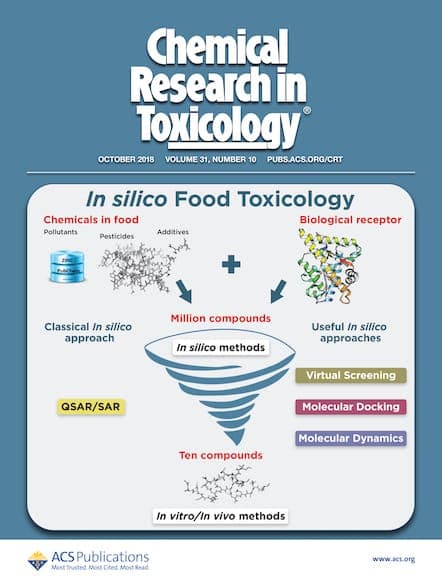The recipient of the 2020 Chemical Research in Toxicology Young Investigator Award is Elijah Petersen, Research Scientist at the National Institute of Standards and Technology (NIST). One of Petersen’s current focuses is on the development of robust in vitro test methods by comprehensively evaluating these assays to improve the repeatability and interlaboratory agreement of the […]


The recipient of the 2020 Chemical Research in Toxicology Young Investigator Award is Elijah Petersen, Research Scientist at the National Institute of Standards and Technology (NIST). One of Petersen’s current focuses is on the development of robust in vitro test methods by comprehensively evaluating these assays to improve the repeatability and interlaboratory agreement of the assay results. Petersen will lead a half-day conference session as part of the ACS Division of Chemical Toxicology program at the ACS Fall National Meeting in San Francisco, California.
Read an interview with Elijah Petersen
What does winning this award mean to you?
It is truly an honor to be recognized in this way and join the elite group of scientists who are previous winners of this award.
Who in the CRT field inspires you?
Many people in the field of CRT inspire me for various reasons. Some people inspire me for their ability to facilitate groups that can come together and achieve much more than could be accomplished individually. One person in this group is Warren Casey from the National Institute for Environmental Health Sciences who did a great job in my view supporting the U.S. Interagency Coordinating Committee for the Validation of Alternative Test Methods (ICCVAM) by empowering others, guiding the effort to build a new road map for ICCVAM, and supporting the development and implementation of alternative test methods to animal testing.
Where do you see your career 20 years from now?
I hope to be continuing to push the scientific frontier at NIST by developing robust in vitro toxicological methods, facilitating their standardization and their use in adverse outcome pathway models.
